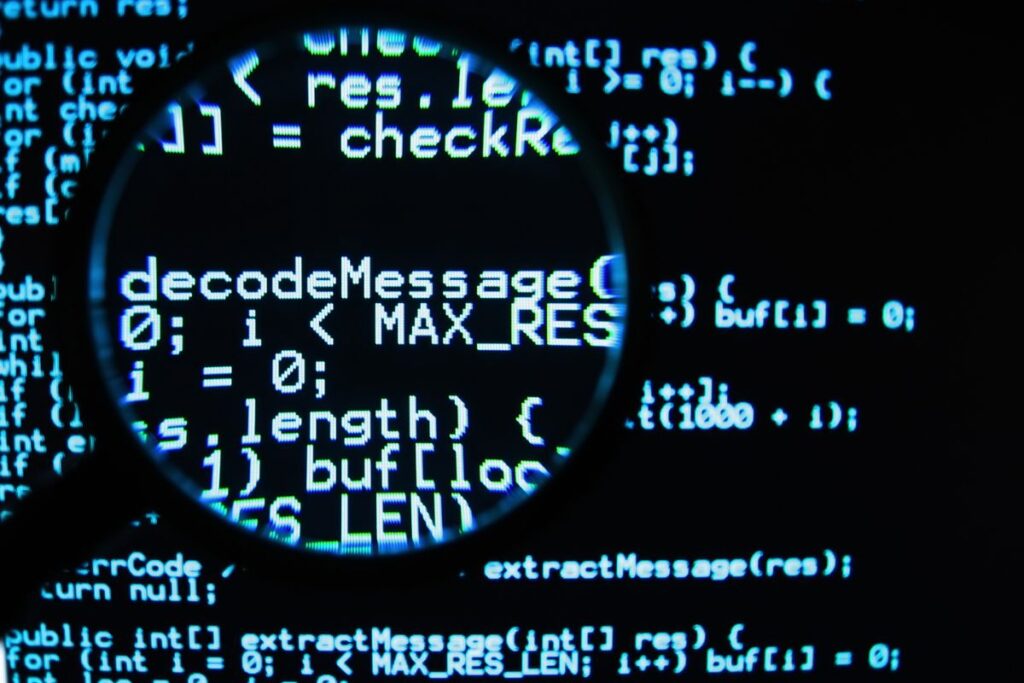Full-stack development is a highly sought-after skill in the tech industry, encompassing both front-end and back-end development. Becoming proficient in full-stack development requires hands-on experience with real-world projects that cover the entire application lifecycle—from designing user interfaces to managing servers and databases.
In this blog, we’ll explore ten practical projects that will help you master full-stack development. These projects are designed to cover essential technologies, frameworks, and concepts. Whether you’re a beginner or looking to level up your skills, these projects will provide the experience you need to excel.

1. Personal Portfolio Website
Overview
A personal portfolio website is an excellent starting project for full-stack developers. It allows you to showcase your skills, highlight your projects, and demonstrate your ability to create a visually appealing and functional application.
What You’ll Learn
- Front-End: HTML, CSS, JavaScript, and responsive design using frameworks like Bootstrap or Tailwind CSS.
- Back-End: Setting up a contact form using Node.js, Express, and an email API like Nodemailer.
- Deployment: Host your website on platforms like GitHub Pages, Netlify, or Vercel.
Features to Include
- About me section.
- Portfolio gallery for projects.
- Contact form with email integration.
2. Blog Platform
Overview
A blog platform introduces you to CRUD (Create, Read, Update, Delete) operations and user authentication. It’s a foundational project for learning back-end development.
What You’ll Learn
- Front-End: Build the interface using React or Angular.
- Back-End: Create REST APIs with Node.js or Django.
- Database: Use MongoDB or PostgreSQL to store blog posts and user data.
Features to Include
- User authentication (sign-up, login, logout).
- Create, edit, and delete blog posts.
- Display posts in a user-friendly format.
3. E-Commerce Website
Overview
An e-commerce platform is a complex project that introduces you to many real-world concepts like payment integration, product management, and user roles.
What You’ll Learn
- Front-End: Dynamic product pages with React or Vue.js.
- Back-End: Payment processing with Stripe or PayPal APIs.
- Database: Manage product inventory and orders with MySQL or Firebase.
Features to Include
- Product catalog and search functionality.
- Shopping cart and checkout system.
- User profiles for order history.
4. Task Management App
Overview
A task management app helps you master state management, data synchronization, and API integration.
What You’ll Learn
- Front-End: Build a dynamic UI using React and a state management library like Redux.
- Back-End: Use Node.js with MongoDB or Firebase to handle task data.
- Real-Time Updates: Integrate WebSocket for live updates.
Features to Include
- Add, edit, and delete tasks.
- Mark tasks as completed.
- Categorize tasks with tags or labels.
5. Real-Time Chat Application
Overview
Building a chat app teaches you real-time communication and web socket integration, essential skills for full-stack developers.
What You’ll Learn
- Front-End: Create a responsive chat interface using React or Angular.
- Back-End: Implement WebSocket using libraries like Socket.IO.
- Database: Use MongoDB for storing chat history.
Features to Include
- Real-time messaging between users.
- Group chat functionality.
- User authentication and profiles.
6. Weather App
Overview
A weather app demonstrates your ability to work with third-party APIs and create a functional, user-friendly front-end.
What You’ll Learn
- Front-End: Build a responsive UI with a weather-themed design.
- Back-End: Set up a server to fetch and serve data from APIs like OpenWeatherMap.
- API Integration: Learn to handle asynchronous requests and error handling.
Features to Include
- Current weather conditions based on user location.
- Search functionality for other cities.
- Display weather forecasts.
7. Social Media Platform
Overview
A social media platform is an ambitious project that teaches you how to handle complex data relationships and user interactions.
What You’ll Learn
- Front-End: Build interactive components like feeds and profiles with React.
- Back-End: Use Django or Express to manage user relationships and posts.
- Database: Use a relational database like PostgreSQL for storing user data.
Features to Include
- User profiles and friend requests.
- Create and like posts.
- Comment on posts.
8. Expense Tracker
Overview
An expense tracker helps you understand how to manage and display financial data effectively.
What You’ll Learn
- Front-End: Use chart libraries like Chart.js to visualize data.
- Back-End: Set up a RESTful API with Express to handle expense data.
- Database: Use Firebase or MongoDB for data storage.
Features to Include
- Add, edit, and delete expenses.
- Categorize expenses and view summaries.
- Display trends with graphs and charts.
9. Online Quiz Application
Overview
An online quiz application is a fun and educational project that incorporates timer functionalities, user interaction, and scoring systems.
What You’ll Learn
- Front-End: Build a dynamic quiz interface with React or Vue.js.
- Back-End: Create APIs to fetch questions and store user scores.
- Database: Use MongoDB to store quiz questions and results.
Features to Include
- Timed quizzes with progress indicators.
- Randomized questions from a database.
- Score tracking and leaderboards.
10. Booking System
Overview
A booking system, such as one for hotels or events, teaches you about availability management and calendar integrations.
What You’ll Learn
- Front-End: Create an interactive calendar with libraries like FullCalendar.js.
- Back-End: Use Node.js or Django to manage bookings and availability.
- Database: Store booking data with MySQL or MongoDB.
Features to Include
- View available slots or rooms.
- Book, edit, and cancel reservations.
- User notifications for booking confirmations.

Tips for Building These Projects
1. Start Simple
Begin with the core functionality of the project before adding advanced features. For example, in a chat app, first implement basic messaging before tackling group chats or media sharing.
2. Focus on Clean Code
Write modular, reusable code and follow best practices like using meaningful variable names and commenting your code.
3. Test Thoroughly
Test your projects for edge cases, scalability, and performance. Use tools like Jest for unit testing and Postman for API testing.
4. Document Your Work
Include a clear README file explaining the project, technologies used, and setup instructions. It adds professionalism and helps showcase your project.
5. Deploy and Share
Deploy your projects on platforms like Heroku, AWS, or Netlify. Share them on GitHub and LinkedIn to demonstrate your skills to potential employers.
Building real-world projects is the most effective way to master full-stack development. Each project on this list is designed to challenge you, teach you valuable skills, and add a polished piece to your portfolio. As you complete these projects, you’ll gain practical experience that prepares you for real-world programming challenges and sets you apart in the job market.
So, pick a project, roll up your sleeves, and start coding your way to full-stack mastery. The experience you gain will not only enhance your technical skills but also boost your confidence and career prospects. Happy coding!




